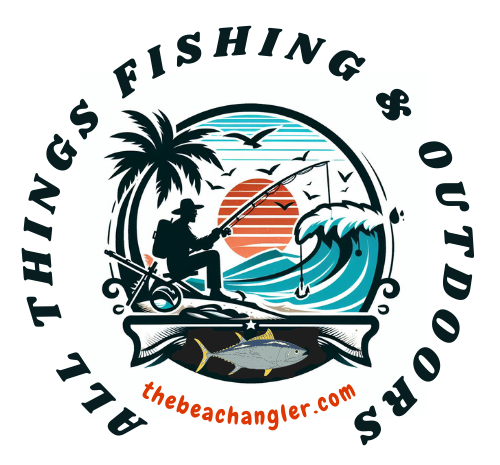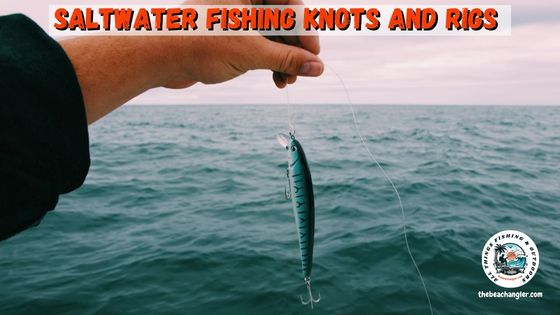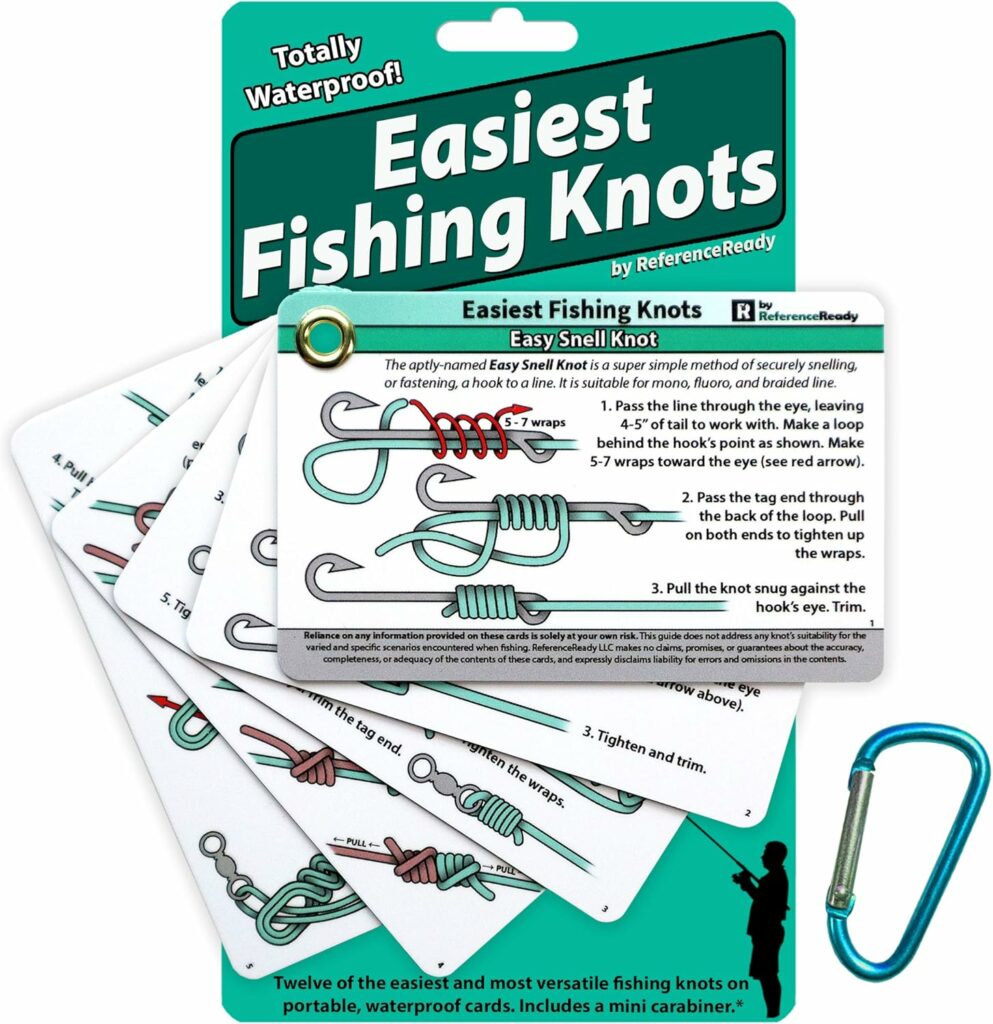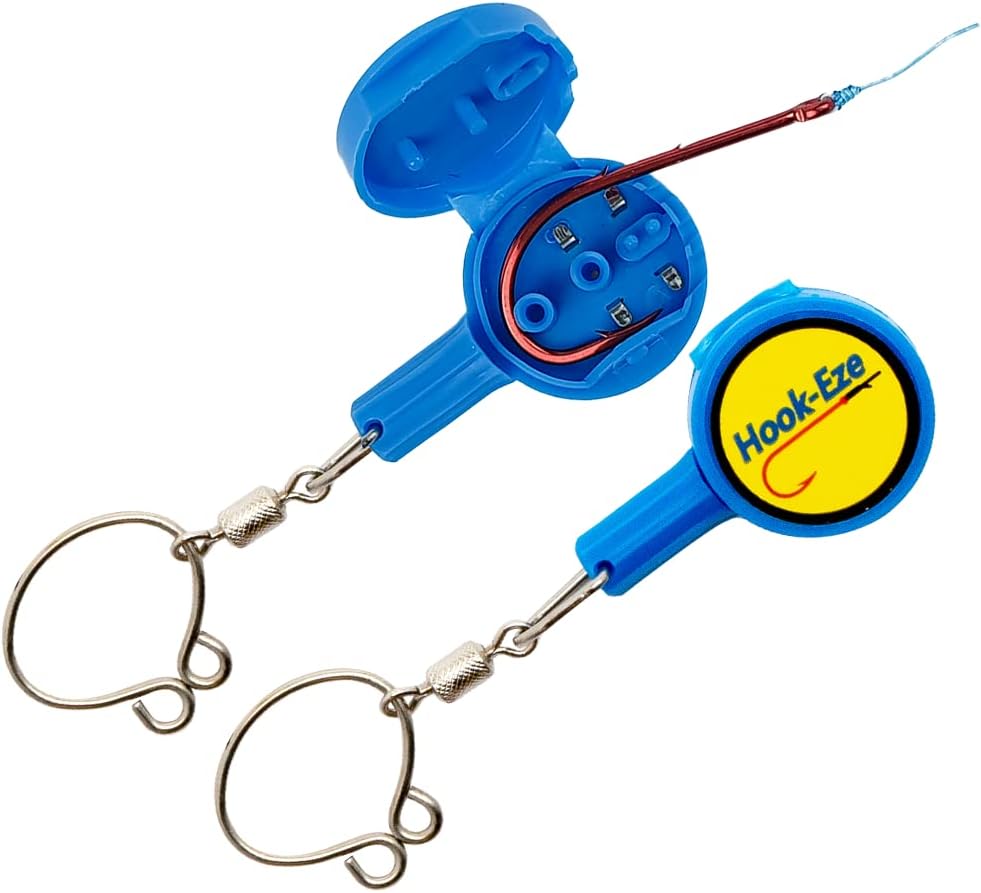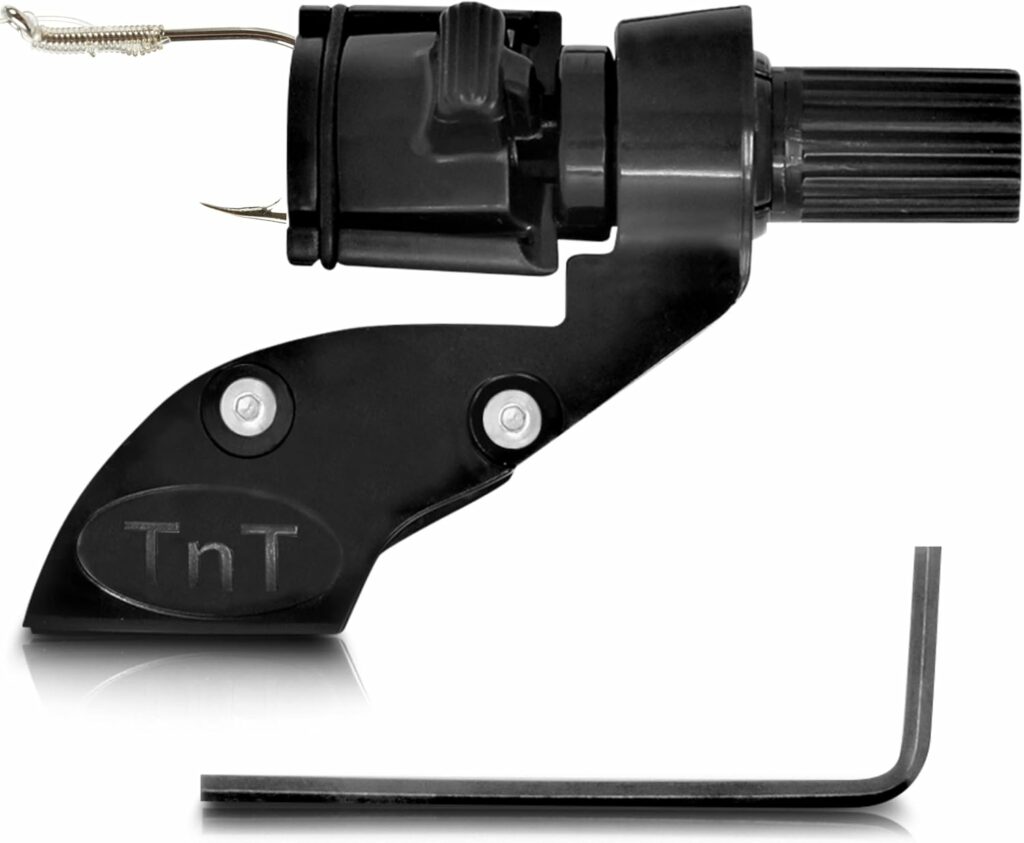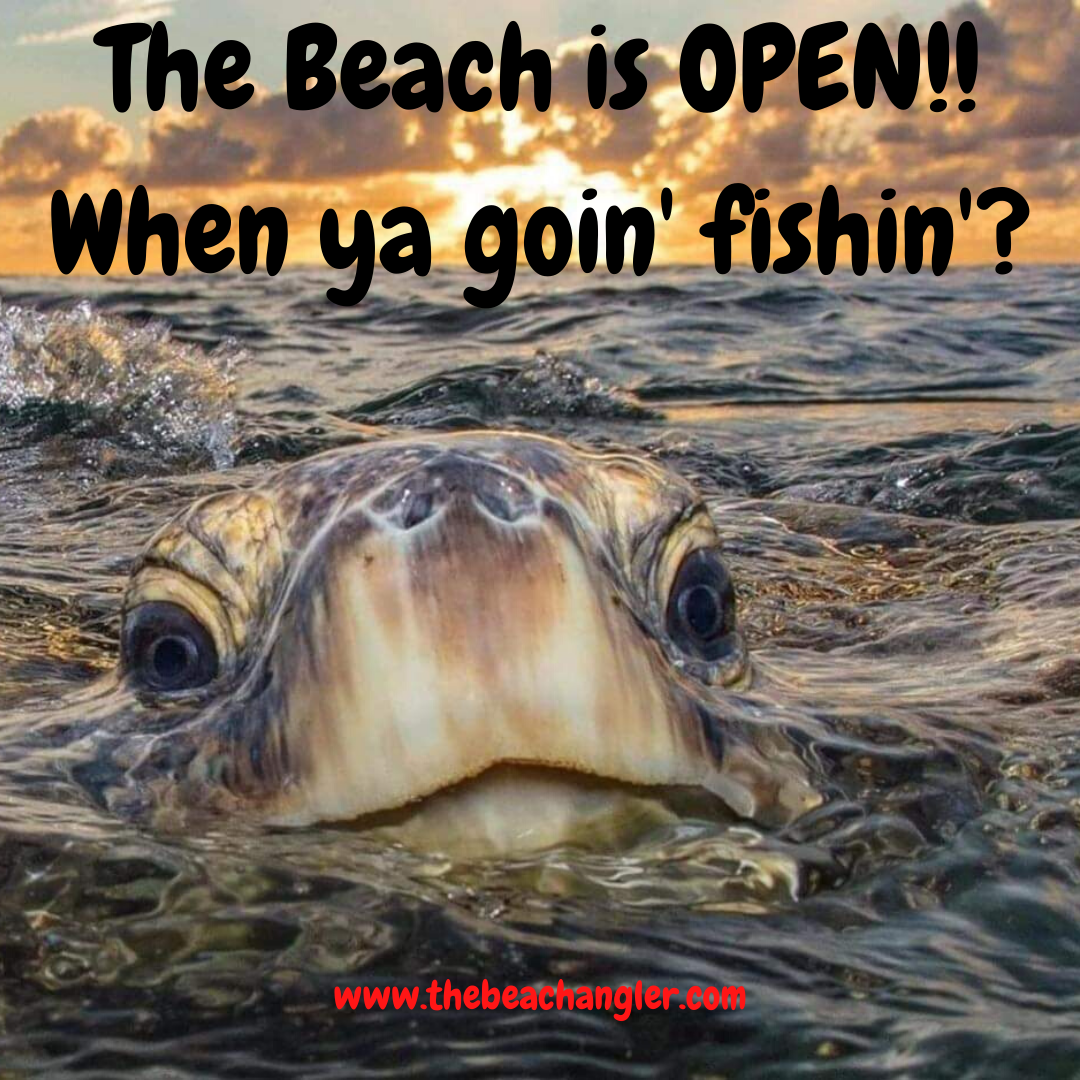Last updated on November 28th, 2024 at 07:46 pm
Strong, reliable fishing knots are vital in saltwater fishing, any fishing actually. They are the critical connection between your line and the fish and prevent losing fish during a hard fight. The knot must be secure enough to hold up against strong currents, aggressive fish, and the corrosive nature of saltwater. Using the right knot increases the chances of landing your catch.
KEY POINTS:
Your fishing knots are the critical connection between your line and the fish while your rig is used to present your baits in the best possible way for your targeted species. The improved clinch knot, Palomar knot, Loop Knot, Surgeons Knot, and Double Uni Knot are the most commonly used knots for most saltwater fishing styles and situations. While the Carolina Rig, Fish Finder Rig, Drop Shot Rig, Hi-Lo Rig, and Popping Cork Rig are the primary rigs beginning saltwater anglers should become familiar with.
Fishing rigs are another crucial part of your setup. They are essentially the way you present your bait or lures to the fish. Different rigs are specifically designed for various fishing styles, situations, and target species. Whether you’re deep sea fishing, fishing from the surf, or off a pier, the rig you choose affects how well you present your bait and hooks.
Understanding these components—knots and rigs—can be critical to your fishing success. Proper knots ensure that your line remains strong under pressure, while the right rig helps position your bait in the most effective way possible. Mastering these elements makes the difference between a day of missed opportunities and successful catching.
Essential Saltwater Fishing Knots for Beginners
The following are some of the most common fishing knots used for saltwater fishing:
- Improved Clinch Knot: Known for its simplicity and strength, the Improved Clinch Knot is a go-to for many anglers. It’s great for securing hooks, lures, or swivels to the fishing line. To tie it, pass the line through the eye of the hook, wrap it around the standing line five times, thread the tag end through the loop near the eye, and pull tight after lubing with a bit of water or saliva.
- Palomar Knot: This knot is celebrated for its simplicity and incredible strength. Ideal for monofilament, braided, and fluorocarbon lines, the Palomar Knot is great for tying on hooks or lures. You’ll start by doubling the line and passing it through the hook’s eye. Tie a simple overhand knot with the hook hanging loose, then pull the loop over the hook and tighten.
- Loop Knot (Non-Slip Loop Knot): Giving lures and baits a more natural movement, the Loop Knot is perfect for when you need a bit of extra action. Begin by tying a simple overhand knot in the line, then pass the tag end through the hook eye and back through the overhand knot. Wrap the tag end around the standing line three times, bring it back through the overhand knot, and tighten it.
- Surgeon’s Knot: Ideal for joining lines of similar or different sizes, the Surgeon’s Knot is reliable and relatively easy to tie. It’s particularly useful for attaching leaders to your main line. Simply overlap the two lines and tie an overhand knot, then pass both ends through the loop again and pull tight.
- Double Uni Knot: Perfect for connecting braided line to monofilament or fluorocarbon leaders, the Double Uni Knot is a robust choice. It involves tying two Uni Knots, one in each line, and pulling them together so they grip each other tightly. Create a loop with the first line and wrap it around itself four times. Do the same with the second line, then pull both standing lines to snug the knots together.
Basic Saltwater Fishing Rigs
Here are some of the most common saltwater fishing rigs:
- Carolina Rig: This versatile rig is excellent for surf and bottom fishing. It’s composed of a sliding sinker, swivel, leader, and hook. Start by threading a sinker onto your main line, followed by a bead, and then tie on a swivel. From the other end of the swivel, attach a leader and your hook. This setup lets the bait move freely, making it attractive to various species.
- Fish Finder Rig: When targeting larger species like redfish, snook, or striped bass, the Fish Finder Rig is ideal. It consists of a sliding sinker, bead, barrel swivel, leader, and hook. The sinker slides along the main line, allowing fish to take the bait without feeling much resistance. Thread a sinker onto the main line, add a bead, tie on a swivel, then attach a leader and hook.
- Drop Shot Rig: Perfect for fishing near the bottom, the Drop Shot Rig includes a weight, hook, and leader. Begin by tying a Palomar Knot about a foot up from the tag end of your line, leaving a long tag end. Attach a hook to the loop in the knot, then tie your weight to the tag end. This rig keeps the hook off the bottom, making it easier to target bottom-dwelling fish.
- High-Low (Double Dropper) Rig: Great for surf and pier fishing, this rig allows you to fish at multiple depths. You’ll need two hooks, leader material, and weights. Attach a weight to the end of the line, tie in two hooks at intervals up the line using dropper loops, and bait them. It’s effective for catching multiple species at once.
- Popping Cork Rig: Ideal for shallow waters, this rig uses sound to attract fish. Start with a popping cork, followed by a leader and your hook. Attach the main line to one end of the cork, tie a leader to the other end, and secure your hook to the leader. When you jerk the rod, the cork makes noise, drawing the attention of fish like trout, redfish, and snook.
Choosing the Right fishing Knots and Rig for Your Fishing Style
Matching your knots and rigs to the species you’re targeting is key. For bottom-dwelling fish like grouper or flounder, a rig that keeps the bait close to the sea floor, like a Carolina Rig or Drop Shot Rig, is ideal. On the other hand, for surface feeders such as mackerel or speckled trout, a Popping Cork Rig can be more effective.
Fishing conditions significantly influence your choice of knots and rigs. In surf fishing, where strong currents and waves are common, using a Fish Finder Rig can be advantageous as it allows the bait to move naturally with the water. For pier fishing, the High-Low Rig is often preferred because it covers multiple depths and maximizes your chances of getting bites.
Your personal preference and comfort with certain knots and rigs also play a role. Some anglers find the Clinch Knot easier to tie securely, while others might prefer the Palomar Knot for its strength. Similarly, a Drop Shot Rig might be favored by those who are comfortable with maintaining consistent tension on the line to keep the bait suspended.
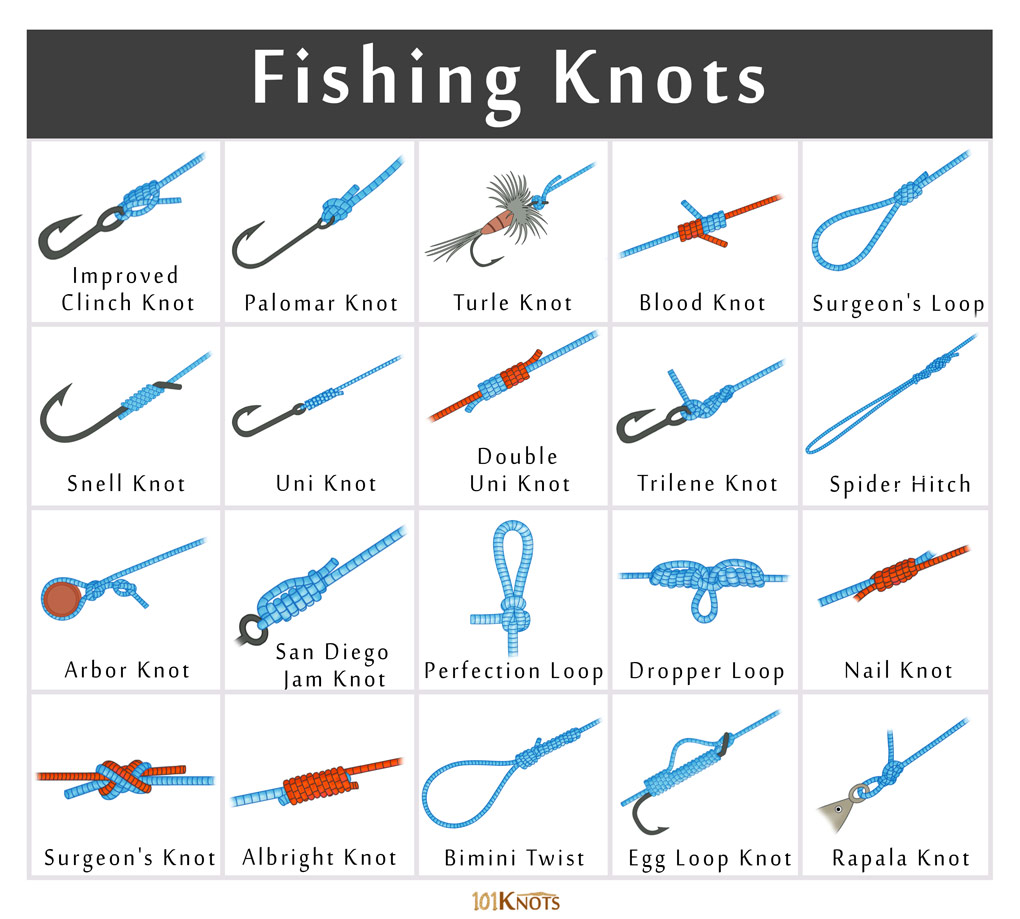
Understanding the interaction between your target species, fishing conditions, and your personal preference can help you decide on the best knots and rigs for your specific fishing style and situation.
Common Mistakes and How to Avoid Them
Fishing knots can fail for a bunch of reasons, one of the main ones being improper tightening. It’s crucial to pull your knots tight to ensure they don’t slip under pressure. Another tip: always lubricate your fishing knots with a bit of water or saliva before pulling them tight.
This reduces friction and prevents the line from heating and weakening when cinching it down tight. Rigging errors can also mess up your fishing game. An improperly set up rig can lead to tangles or missed bites.
Take the time to practice setting up your rigs at home. The more familiar you are with the process, the quicker and more efficiently you can do it out on the water. Matching your gear to your knots and rigs is another common stumbling block.
Make sure your fishing line, hooks, and weights are compatible with the type of fishing knots and rigs you’re using. Using a heavy line with a light rig can cause breakages and lost fish. Avoid these common pitfalls by practicing and paying attention to details.
Tools to Help You Tie Knots and Set Up Rigs
Knot-tying tools can be incredibly helpful, especially for those just starting. Tools like knot-tying pliers or dedicated knot-tying guides simplify the process, giving you more consistent results. These tools often come with easy-to-follow instructions and are great for learning the ropes.
Rigging kits and pre-tied rigs are also beneficial for beginners. A rigging kit usually includes all the essential components needed for various rigs, making it easier to experiment and find what works best for you. Additionally, pre-tied rigs take the guesswork out of the setup, allowing you to focus more on your fishing.
There are also plenty of apps and online resources that can guide you through knot-tying and rig setups. Platforms like YouTube offer countless tutorials that visually demonstrate each step. Apps, like Fishbrain, designed specifically for anglers can provide knot diagrams and interactive guides, making it easier to learn and practice new techniques.
For Saltwater Fishing Knots – Practice Makes Perfect
Building confidence in your knot-tying skills starts with practice at home. Spend time tying and re-tying knots in a relaxed setting before hitting the water. Practicing on different types of lines—whether monofilament, braided, or fluorocarbon—can also make a big difference in your comfort level.
Experiment with different rigs in various fishing environments. Try a High-Low Rig during one trip, then switch to a Carolina Rig the next time out. Observe how each setup performs under different conditions like changing tides or varying water depths.
Experience firsthand how certain rigs offer advantages based on the fishing scenario. Get feedback from more experienced anglers. If you have friends or family who fish, ask them to review your knots and rigs. Their insights and tips could help you refine your techniques.
Remember, consistency is key. The more you tie and set up these fishing knots and rigs, the quicker and more efficiently you’ll be able to do it when it counts. Strong knots and well-prepared rigs are critical to successful fishing.
Staying Updated and Continuously Improving Your Saltwater Fishing Knots and Rigs
Staying updated with the latest techniques and innovations in saltwater fishing is crucial. Fishing methods and gear are always evolving, and keeping up with new trends can give you an edge. For instance, new types of knots designed for advanced braided lines or innovations in rig design can improve your catching success.
Join local fishing clubs or online communities where anglers share their experiences and tips. These platforms can be a goldmine of information, offering real-world advice that you can apply on your next trip. Don’t hesitate to ask questions or share your own experiences, as the fishing community is often very supportive.
Reading publications and watching expert videos also contribute to your knowledge base. Magazines, blogs, and instructional videos can offer detailed insights and tutorials that can refine your skills. They can provide step-by-step guides, gear reviews, and tips on handling specific fishing conditions.
Finally, always be willing to adapt and try new things. Fishing conditions can change, and what worked yesterday might not work today. Being adaptable ensures that you’re always ready to make the most of whatever situation you find yourself in, leading to more rewarding and successful fishing trips.
As always, stay safe, enjoy the journey and please try to leave it cleaner than you found it. If you have any comments, questions, ideas, or suggestions please leave them in the comment section below and I’ll get back to you ASAP. You can follow us on Facebook: Rex The Beach Angler, Instagram: thebeachangler7, Twitter: @AnglerBeach, and YouTube: Man Art Creations.
Read More Tips and Tactics
- Understanding Tides And Their Impact On Surf Fishing
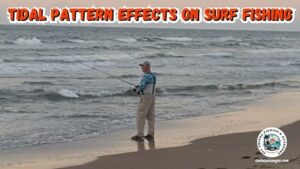
- 6 Tips For Winter Saltwater Fishing
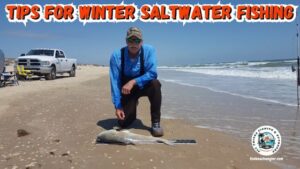
- How To Choose The Right Surf Fishing Rod 4 Important Factors to Consider
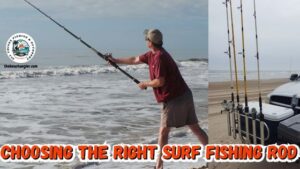
- High-Quality Saltwater Fishing Kayaks 8 Critical Features To Look For
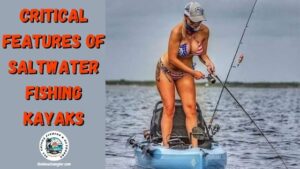
- 4 Major Differences in Saltwater Fishing Vs Freshwater Fishing
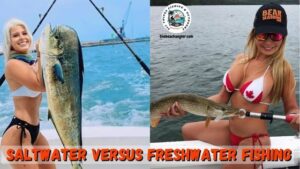
- 6 Important Tips For Surf Fishing In Winter
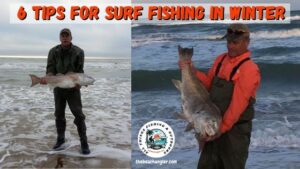
P.S. – Thanks so much for checking out our blog we really appreciate it. Just so you know, we may receive a commission if you click on some of the links that appear on our site. This helps us keep our content free and up-to-date for everyone. We appreciate your support!
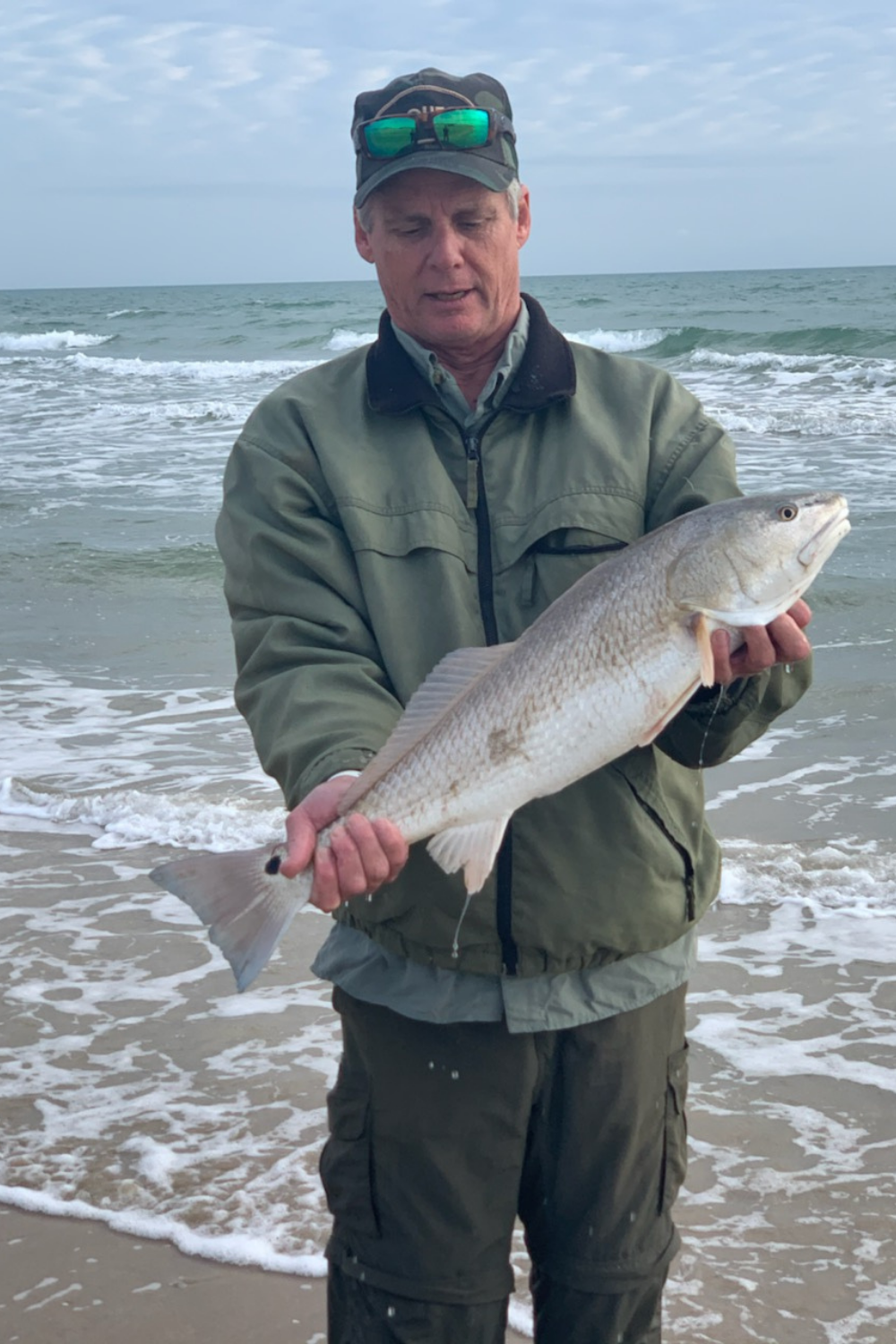
A life long surf fisherman with 50+ years of experience, I am also an avid hunter and outdoorsman. I will be sharing my passion for the outdoors with you so be prepared for hunting, fishing, camping, hiking and more. Along with gear reviews and the latest trends and innovations in the outdoor industry.
